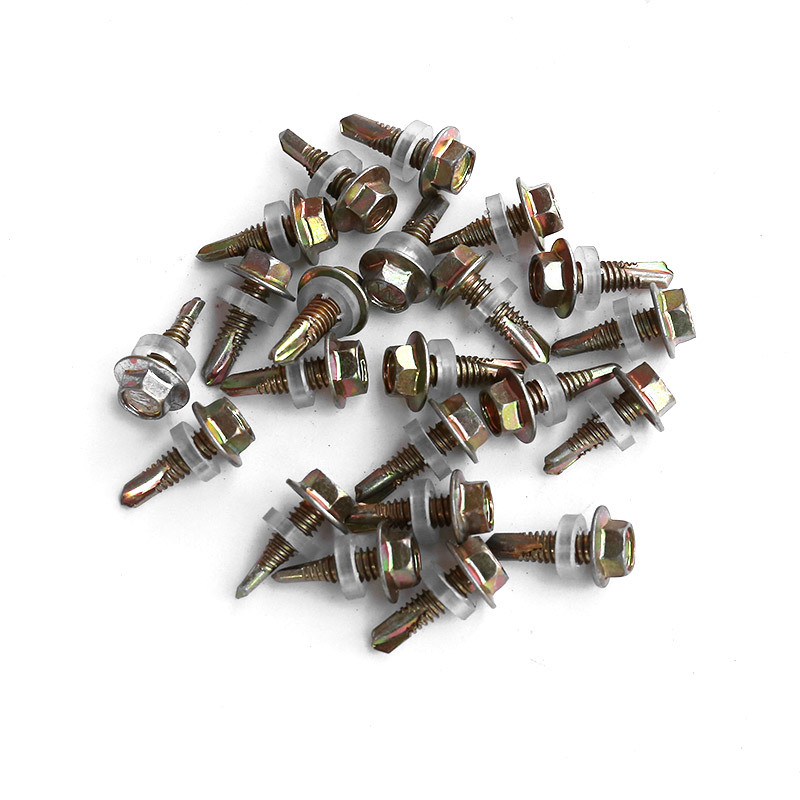

Standard Specifications for Performance and Safety of Steel Fasteners in Construction
Nov . 30, 2024 08:39 Back to list
Standard Specifications for Performance and Safety of Steel Fasteners in Construction
Understanding ASTM F3125/F3125M Standards for High-Strength Bolts in Structural Applications
ASTM F3125/F3125M is a critical standard established by the American Society for Testing and Materials (ASTM) that focuses on high-strength bolts for use in structural applications. This standard is particularly important for industries that rely on strong, durable, and reliable fasteners in their construction projects, including the construction of bridges, buildings, and other infrastructure.
Overview of ASTM F3125/F3125M
The ASTM F3125 standard covers a range of bolts that are characterized by their mechanical properties, such as yield strength, ultimate tensile strength, elongation, and reduction of area. These properties are essential for ensuring the performance and longevity of fasteners used in demanding applications. The standard provides guidelines for the specifications, chemical composition, manufacturing processes, mechanical testing, and marking of high-strength bolts and associated fasteners.
F3125 covers various grades of high-strength bolts that are designed for use with specific structural steel connections. The standard recognizes different grades, which are grouped based on their strength levels and manufacturing requirements, ensuring that engineers can select the appropriate bolt type for their specific applications. These grades include options that can withstand high loads and harsh environmental conditions, making them suitable for a broad range of engineering projects.
Understanding ASTM F3125/F3125M Standards for High-Strength Bolts in Structural Applications
High-strength bolts are integral to the structural integrity of numerous projects. They provide the necessary tensile strength to resist dynamic loads, overloads, and other stresses that may occur during the lifespan of a structure. In challenging environments, such as those subjected to seismic activity or extreme weather conditions, the reliability of high-strength bolts becomes even more crucial.
astm f3125 f3125m

Moreover, using high-strength bolts tailored to specific engineering requirements can lead to significant material savings. By selecting the right bolt grade, engineers can minimize the weight of structural components without compromising safety, resulting in reduced material costs and improved overall efficiency of construction projects.
Key Testing and Quality Assurance
The quality of bolts specified under ASTM F3125 is ensured through rigorous testing and quality assurance measures. These tests include tensile tests to determine the ultimate strength and yield strength, as well as ductility tests to assess elongation. Additionally, the standard mandates that bolts undergo inspections for surface defects and other manufacturing anomalies.
Manufacturers must adhere to strict protocols, with third-party inspections often required to verify compliance with the standard. This quality control process is vital to ensure that the bolts perform as intended when installed, particularly in high-stress applications.
Conclusion
In conclusion, ASTM F3125/F3125M plays a fundamental role in the construction industry by outlining specifications for high-strength bolts used in structural applications. The standard ensures that these critical components adhere to rigorous quality and performance standards, allowing engineers to create safe and reliable structures. By understanding and utilizing this standard, professionals can improve the integrity of their designs and enhance the longevity and durability of their projects.
As industries continue to evolve and demands for high-performance materials increase, adherence to standards like ASTM F3125 will remain essential in achieving structural efficiency and safety in construction practices worldwide. Whether for new constructions or renovations, the significance of high-strength bolts and their compliance with ASTM standards cannot be overstated.
Latest news
-
High-Strength Hot-Dip Galvanized Bolts-Hebei Longze|Corrosion Resistance&High Strength
NewsJul.30,2025
-
Hot Dip Galvanized Bolts-Hebei Longze|Corrosion Resistance&High Strength
NewsJul.30,2025
-
Hot Dip Galvanized Bolts - Hebei Longze | Corrosion Resistance, High Strength
NewsJul.30,2025
-
High-Strength Hot Dip Galvanized Bolts-Hebei Longze|Corrosion Resistance, Grade 8.8
NewsJul.30,2025
-
Hot Dip Galvanized Bolts-Hebei Longze|Corrosion Resistance,High Strength
NewsJul.29,2025
-
High-Strength Hot Dip Galvanized Bolts - Hebei Longze Metal Products Manufacturing Co., Ltd.|corrosion resistance&high strength
NewsJul.29,2025

